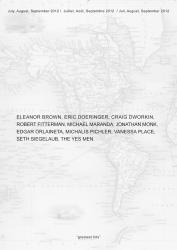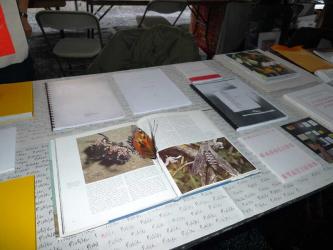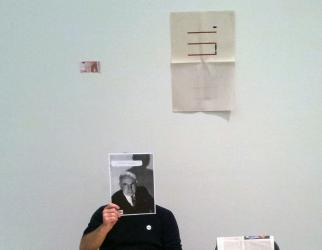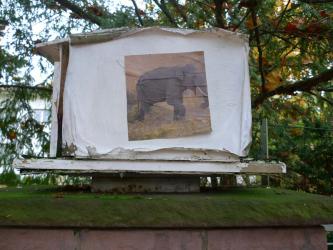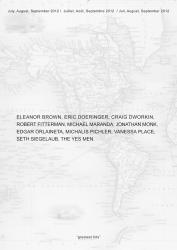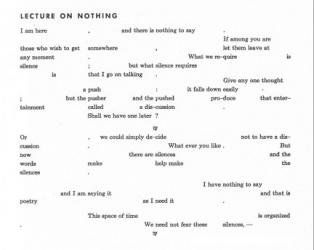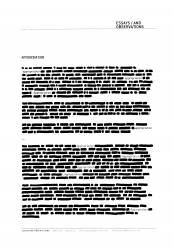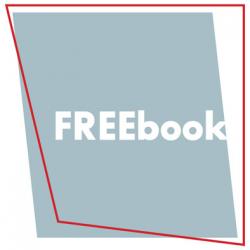news
Please join us for the booklaunch of July, August, September 2012. Juillet, Août, Septembre 2012. Juli, August, September 2012. The launch will take place in the lobby of MOMA PS1 Sunday Sept. 30th 2012 at 6pm
The NY Art Book Fair is free and open to the public. come by, say hi Preview: Thursday, September 27 2012, 6–9 pm MoMA PS1
buypichler.com will be located at the booth A77 in the Friendly Fire Section
Friday, September 28 2012, 12 am–7 pm
Saturday, September 29 2012, 11 am–9 pm
Sunday, September 30 2012, 11 am–7 pm
22-25 Jackson Avenue at 46th Avenue
Long Island City, NY
MISS READ 2012 This year MISS READ is taking place in conjunction with abc art berlin contemporary during Berlin Art Week. MISS READ
MISS READ will comprise a selection of about 60 international publishers and artists.
The festival will present artistic publishing and invited a selection of active contributors in this field to present their program to a wider public.
September 14th - 16th, 2012
Station Berlin, "Bananenhalle"
Luckenwalder Strasse 4-6
10963 Berlin
Picasso, Pablo 233, 285, 318 Pichler, Michalis 13, 14, 27-30, 47, 59, 89, 92, 93, 105, 106, 107, 196, 202, 203, 204, 206, 213, 223, 227, 228, 229, 230, 235, 316, 332, 395, 396, 400-404 Piller, Peter 380, 381, 384-386 Pitz, Hermann 377 Poe, Edgar Allan 169, 187, 388 Pollock, Jackson 240, 242
Including original artworks, book objects, prints and a tremendous selection of artists' books, HELP/LESS looks to the various modes and methods of appropriation in contemporary art, including: plagiarism, re-authorship, identity subversion, copyism, substration, redaction, curation from the Commons, collective authorship, forgery, theoretical translation, narrative appropriation and reprography.
contributions by Eleanor Brown, Eric Doeringer, Craig Dworkin, Robert Fitterman, Michael Maranda, Jonathan Monk, Edgar Orlaineta, Vanessa Place, Michalis Pichler, Seth Siegelaub, The Yes Men 36 pages, 21 x 29,7 cm, 2012, "greatest hits" Berlin
ISBN 978-3-86874-011-0
€ 20.00 (tax incl) order
Blank Book Makers In Memoriam Michael Gibbs
2nd to 17th June 2012
13h-19h Tuesday-Sunday
Appropriation artists: Johannes Regin, Jonathan Monk, Michalis Pichler, Pierre-Olivier Arnaud, and Roisin Byrne In an art critical context, it does not make sense to seek a lineage in what we categorize as “appropriation art” that predates Marcel Duchamp’s readymade gesture. Dating here is an issue, as it’s not possible to see this gesture as having been understood prior to Duchamp’s Pasadena show in 1963. But dating aside, there is no need for confusion, for it is possible to be very clear: appropriation is not simply the borrowing of a style.
ESSAYS AND OBSERVATIONS
Maxstr. 1
a cura di Emanuele De Donno/Giorgio Maffei mostra / apertura: sabato 14 aprile 2012 ore 16.00 libri-progetti di • a constructed world • A/traverso/Bifo • Maia Asshaq/Danielle Aubert • Lisa Anne Auerbach • Darren Bader • Dave Hullfish Bailey • Lothar Baumgarten • Bernadette corporation • Andreas Broeckmann/Knowbotic Research • Joseph Beuys • Luther Blisset • John Cage • Giuseppe Chiari • Continuous Project • Critical Art Ensemble • Koenraad Dedobbeleer • Jeremy Deller • Nico Dockx • Eric Doeringer • eclectic electric collective • Cvedet Erek • Matias Faldbakken • Fillip 16 • Ryan Gander/Stuart Bailey • Jochen Gerz • Gilbert & George • Liam Gillick • Dan Graham • Agnieszka Grodzinska • Hans Haacke • Thomas Hirschhorn • Joe Jones • Brian Kennon • Ben Kinmont • Information as Material • Institute for Applied Autonomy • Junk Jet • Sol LeWitt • Armin Linke • Max Malandrino • Anthony McCall&Andrew Tyndall • Aleksandra Mir • Jonathan Monk • Antoni Muntadas • Maurizio Nannucci • Carsten Nicolai • Katja Novitzkova • Seth Price • Primary Information • Michalis Pichler • Linda Pollack • Richard Prince • Publication Studio • random press • Yann Serandour • Serving Library • Strano network • Superflex • Temporary Services • The Institute of Social Hypocrisy • Wolfgang Tillmans • tiqqun • Tommaso Tozzi • Jalal Toufic • UFO • Ultrared • Vague • Danja Vasiliev/Gordan Savicic • Stephen Willats • 80*81
progetto di VIAINDUSTRIAE / STUDIO A’ 87
presso Palazzo Trinci, piazza della Repubblica, Foligno
durata mostra: 14 aprile | 20 maggio 2012
